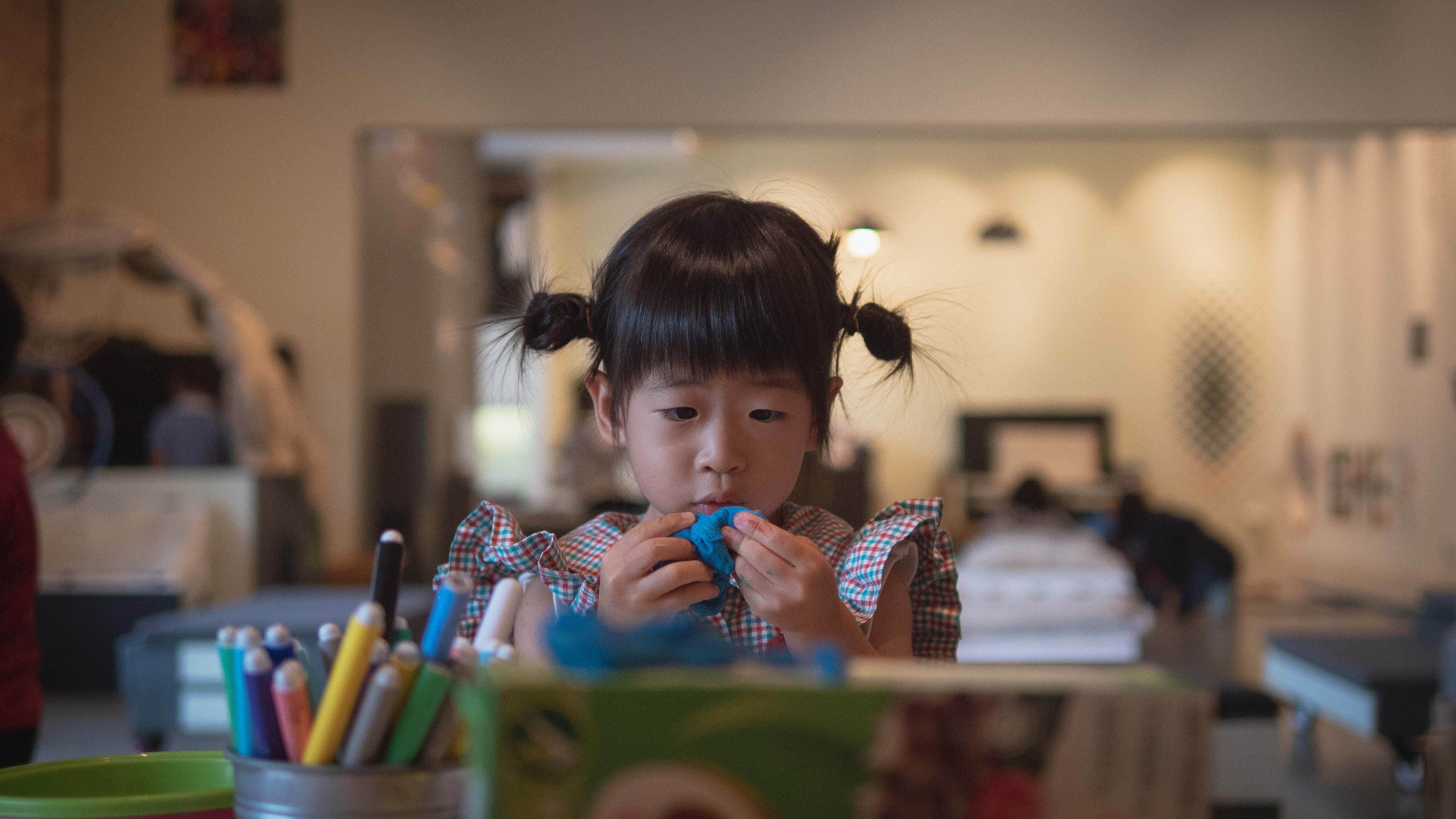This seems like a fairly impressive figure—until you read the fine print in the Commissioner of Charities Annual Report. Of the $2.65 billion dollars, approximately 90.1% (or $2.41 billion) went to 193 large charities. (def. Income exceeding $10 million dollars). NUS alone received a whopping $227 million, while New Creation Church received $122 million dollars.
That leaves $238.5 million for the remaining 2080 charities, which works out to a rough average of $114,000 each. Hardly a fortune when you have to pay for operations, staff, marketing, and rental. Despite forming the largest portion of charities in Singapore, these Not-for-profit minnows accounted for less than 1.0% of the annual receipts.
Even amongst these smaller causes, there are highs and lows. If you take a quick gander at giving.sg’s website, you can see the disparities for yourself.
Causes involving elderly folk or medical treatment do consistently well while arts or heritage related causes—like National gallery tours for the underserved—are frequently underfunded. Arts or heritage causes receive 8.7% of their funding from donations, as opposed to 18.2% for health and 69.2% for religious groups.
Campaigns to help one individual, whether to pay their medical bills or household expenses, also tend to attract healthy attention.
It probably helps that the sum requested is not massive, so your contribution feels like an actual contribution, rather than pissing into the Pacific Ocean.
Being associated with the government is a sure death sentence. Campaigns launched by Stat Boards are uniformly ignored by donors, but this is hardly surprisingly given the popular belief in our government’s wealth and omnipotence.
For the vast majority of causes, however, there seems to be no discernable pattern for why some succeed while others languish in obscurity. Why did one initiative to help the children with incarcerated parents fail to take off, while another cause to give chicken rice to equally deserving children meet its goals?
Is it prejudice against certain causes? Or is merely good Marketing, or lack thereof?
I’m not here to visit Grab, but to check out Guide Dogs Singapore, an NPO (Non-profit organisation) which provides mobility training for the visually-imparied and advocates for the use of Guide Dogs in Singapore. There are, however, no dogs present on the Thursday afternoon of my visit.
Instead, I’m greeted by Vanessa Loh, GDS’s general manager.
Vanessa has a theory for why certain causes receive more attention than others, and are consistently well-funded by donations. As it turns out, the reason is not too dissimilar from the mantra touted by buzzfeed-like digital media outlets or marketing agencies—relatability.
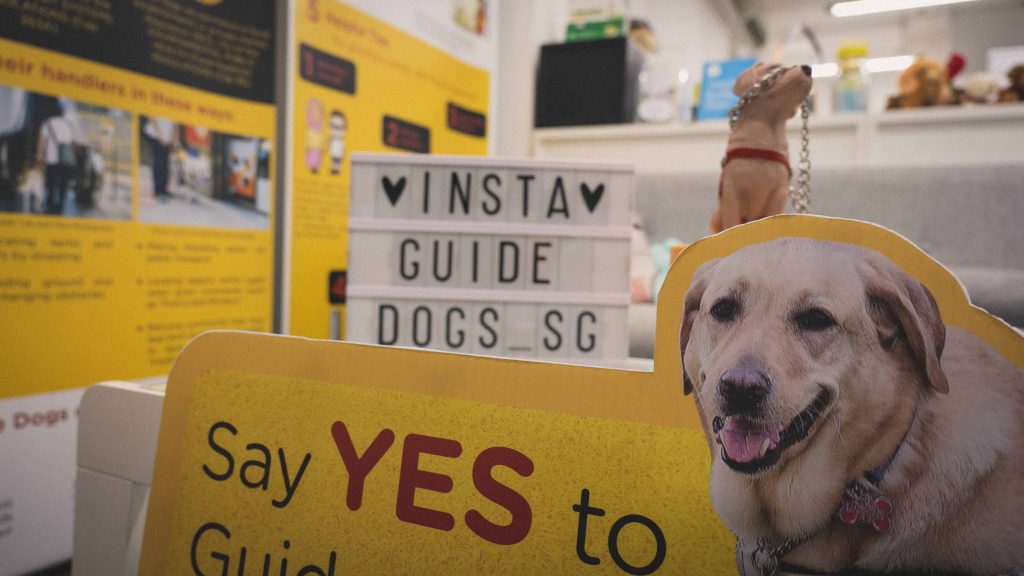
I am taken aback by the question, even though I do know someone who is blind—my grandfather. However, it takes a while for the answer to occur to me, because it is old age that has robbed him of his sight, rather than congenital factors. As a result, I don’t think of him as a ‘blind person’—even though he is.
As for young Singaporeans who are visually impaired but still healthy and active and eager to contribute, I don’t know a single one. And therein lies the problem.
“There is also the issue of pride. Many of the visually impaired don’t want the world to know that they’re blind,” she adds. For many who are blind, she explains, they lose their breadwinning ability and therefore, their sense of self-esteem.
As a result, they enjoy less social intercourse with the world at large. This is a problem because such social withdrawal often results in social isolation, depression and in some cases, divorce. It also has a side effect of making blindness—ironically—less visible as a problem. After all, if the visually impaired are cooped up at home, what incentive is there to tackle an issue that’s already out of sight and out of mind?
Guide dogs can help. It’s not just their intelligence or their remarkable ability to locate exits or entrances. They also provide companionship. They help the visually impaired cope with the loneliness and social pariah-dom they often face.
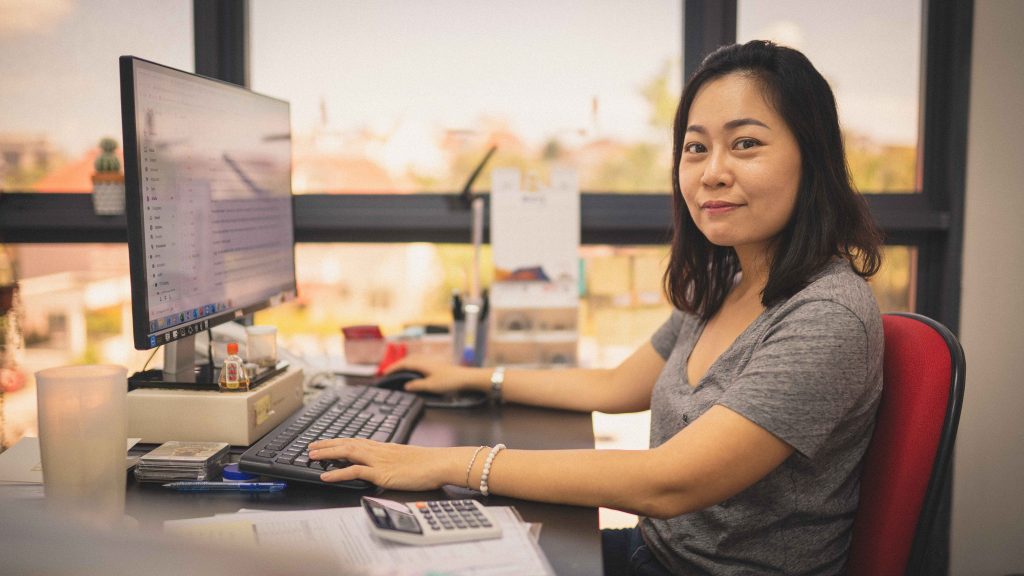
It all sounds great and wonderful, so why don’t more people donate?
The truth is, despite the manifold benefits of using a Guide dog, most people don’t see it as an urgent issue. Or at least, not as urgent an issue as say, Leukemia or blood donation.
Most people are polite, but few consider it pressing.
“When we do an informal survey with our friends, we can be very honest with each other. They will ask: ‘what’s the urgency of this issue?’” she recounts.
GDS doesn’t see it that way, naturally. Although guide dogs are not a life-and-death issue, they can make a big impact on disabled person’s quality-of-life. For those who get Guide Dogs, they are empowered to go out, work and live an active life.
“If you can see how the blind person’s life is transformed, you won’t think that $50,000 is a large sum of money. The independence and pride they enjoy cannot be measured in dollars and cents.”
There is also one last hard truth about donating to GDS v.s. donating to medical causes. Medical conditions may or may nor improve with costly treatment, but every cent that goes into Guide Dogs Singapore will go on to help a blind person acquire greater independence and mobility. Whether or not it’s the best use of your donation, only the individual can say, but at least it’s a sure thing.
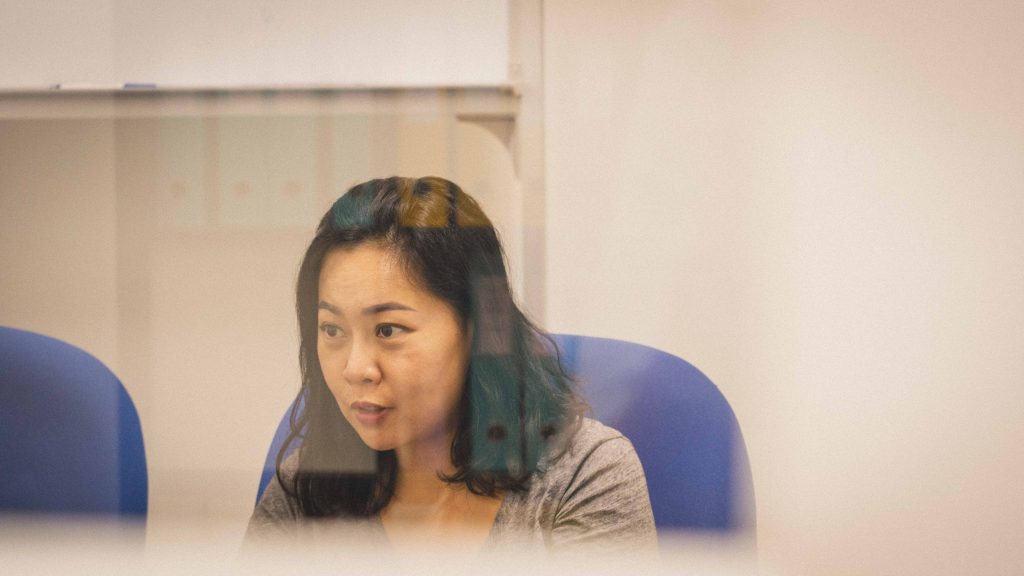
“This year, however, things have quieted down again,” Vanessa reports, although GDS is still looking doggedly for any CSR opportunities.
This leads us to the second problem, which I shall call the Charity Free Market Conundrum. Much like the market for food, banking or say, digital media, charities have to compete with each other for attention or resources, often on an uneven footing. Some established charities have massive stockpiles of resources, whilst others have much much less.
This unequal distribution tends to perpetuate itself. A large charity with the resources to market itself aggressively becomes ever larger and more visible. There is nothing wrong with this, but it does make things harder for smaller NPOs, because there is a limited amount of businesses they could work with.
When you step inside, however, you’re greeted by a riot of noise and colour. There are wall-to-wall art installations and children in varying states of focus. Some are running helter-skelter between the exhibits, while others are totally absorbed in painting.
I’m here to meet Charlotte Goh, Playeum’s Executive Director, and Imran Mohamad, the Director Of Operations. We proceed to their ‘meeting room’, a studio/workshop littered with tools and art materials.
There are no chairs, so we perch on a workbench.
Charlotte Goh has been Playeum’s Executive Director for 3 years. Had I not known this from our email exchange, I would have taken her for the Founder, because she is so passionate and so effusive that I feel a little breathless on her behalf.

“We always believe that kids are not empty vessels waiting to be filled, but fires to be lit,” she tells me, paraphrasing the Swiss psychologist Jean Piaget, “We believe that kids are innately creative and compelling. They can learn by themselves and figure things out for themselves by playing.”
This is the core philosophy of Playeum. It makes sense, especially in Singapore, where our children’s free time is filled to overflowing with schoolwork, CCAs, tuition and more schoolwork. As a result of our cramming, there’s a shortage of what Charlotte calls ‘unstructured time’, where kids can learn by well, being kids.

What would you do?
“Instead of just telling them how to make it more stable, we try to nudge them to think for themselves. We might say, for example: ‘Look at your feet. How do you stand upright? Do you think this can this be applied to the rocket?” explains Imran.
If the kids can figure it out for themselves by trying and failing, so much the better. That way, he is learning not just ‘how-to-build-a-rocket’, but how to learn for himself.
“Every child is born a scientist, we only forget this curiosity as adults,” he adds.
That’s the abstract. To put this into practice, Playeum hosts programmes and workshops for kids where they can learn everything from holographic art to basic coding to wand-crafting. They work with charities and family service centres to bring ‘play’ to kids of every background— from underprivileged kids to those with special needs.
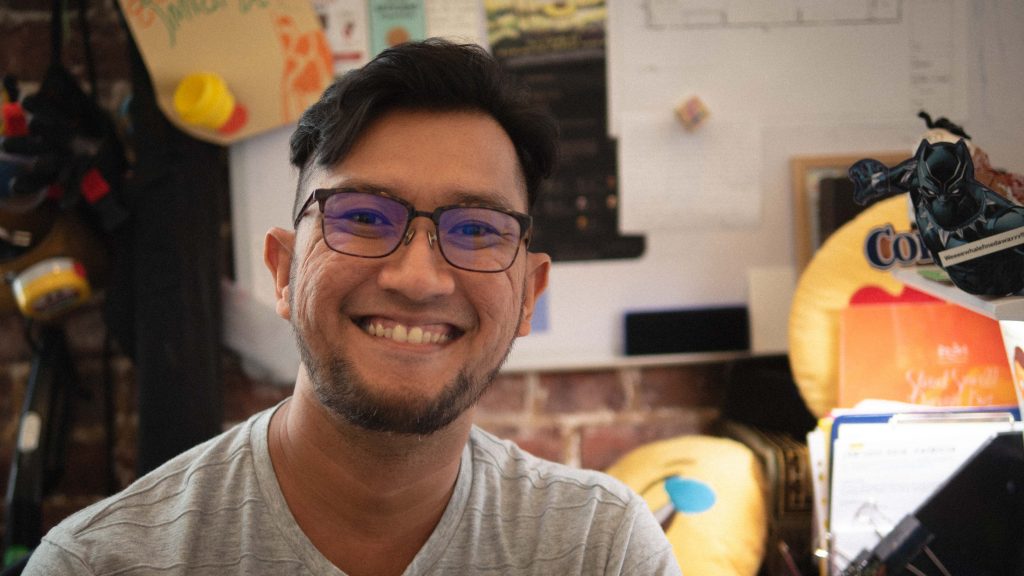
As it turns out, I don’t give my fellow citizens enough credit. Charlotte shares that when she goes out and speaks to parents about Playeum, the first response is usually ‘Oh wow, that’s wonderful’ and ‘Amazing!’.
Younger parents are especially receptive, Imran observes, “Some of the parents take the bus from as far as Sengkang or Tampines on the weekend,” relates Imran, “They come because they believe in the value of our programmes.”
So, the obstacle is not quite as melodramatic as ‘societal prejudice’. Like GDS, Playeum’s struggles are with manpower and time, Charlotte tells me. She is just one person, and she manages a small team of no more than 8 people. With programmes to run from Tuesday through Sunday, there’s simply no time to do extensive PR or marketing.

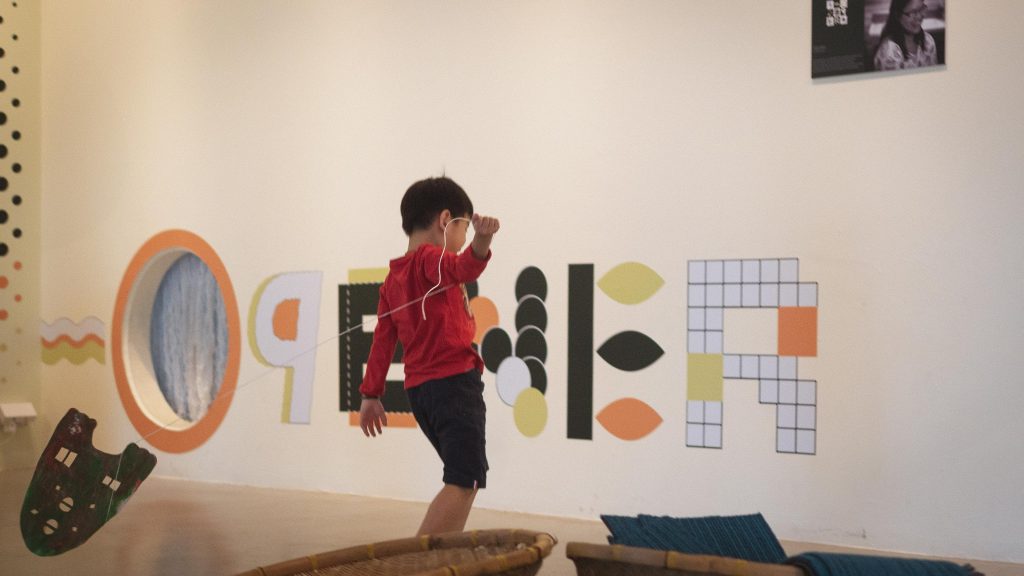
However, finding a long-term partner is much harder. “Large companies already have established charities they wish to work with,” she tells me.
“Unless you know someone personally, it’s hard to get their attention. Most of the time you will just get an email that reads: ‘Thank you for reaching out…’”
In most cases, companies are happy to work on a short-term, project basis, but their hands are tied when it comes to long-term partnership.
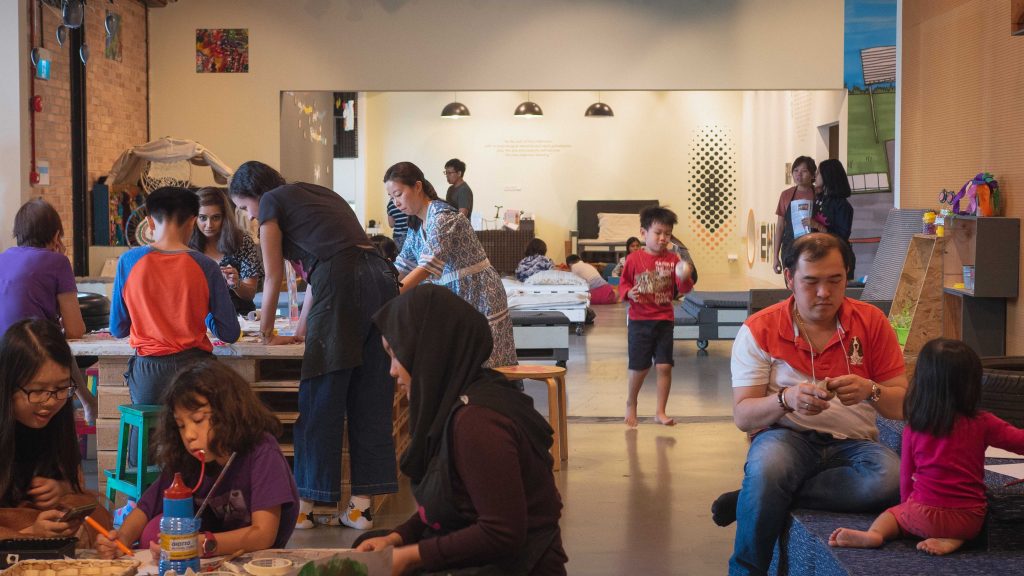
One of Charlotte’s perennial worries is whether she’s pitching the organisation ‘correctly’; whether Playeum’s focus on the ‘arts’ is being properly highlighted to the civil servants who giveth grants and taketh them away.
I am confused. Isn’t Playeum’s arts focus plain for all to see? I mean, it looks like a Biennale out there.
Apparently not, I learn. In the past, Playeum had missed a few opportunities because they had emphasized too much on ‘play’ and not enough on ‘arts’. Hence, Charlotte is anxious for me to mention the artistic side of their pedagogy.
“When you write, can you please please mention ‘arts’ and not just play? Thank you so much.”
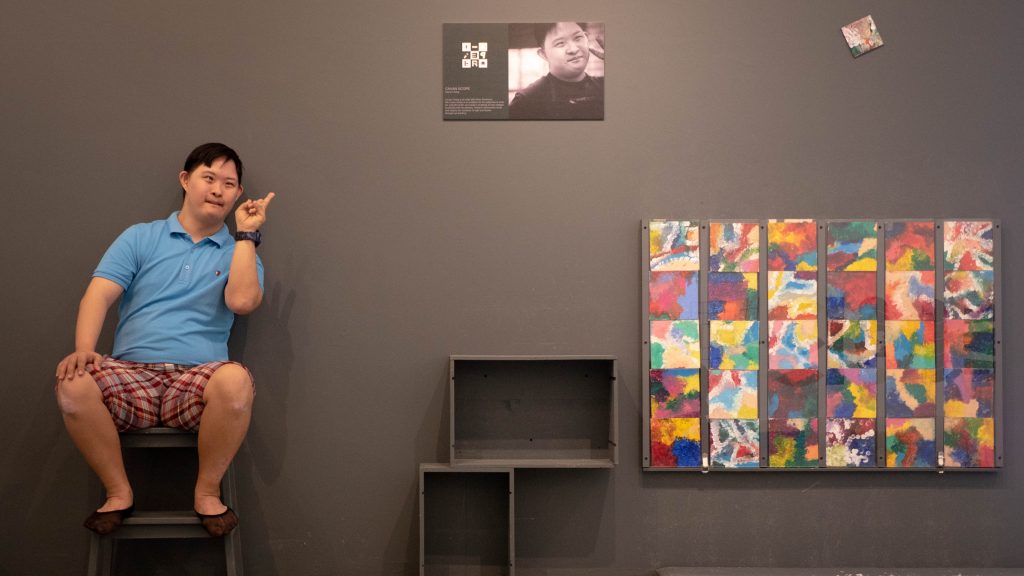
The truth is, only a tiny number of NPOs have the resources for that kind of mass mobilisation. For most, getting by is already a struggle. Precious few have ‘reserves’ for a rainy day; fewer still are able to hire a production house to film viral tear-jerkers in 4K.
In a world where most of us donate on impulse, rather than with conscious intent, it means that donations usually end up in the same recognisable causes. The Nikes and Apples of the NPO world.
The causes are many, but our budgets and sympathy is finite. As a result, it can often be an uphill struggle for certain less well-known, dare-I-say esoteric causes which are just as worthwhile, but have fallen through the gaps in our attention economy.
So pause and have a think. What are the causes you care about? What is something you truly, desperately want to change? Then, go online and check out Giving.sg. There are 528 charities and even more campaigns. Chances are, what you care about, it already exists, and could probably use your help.

